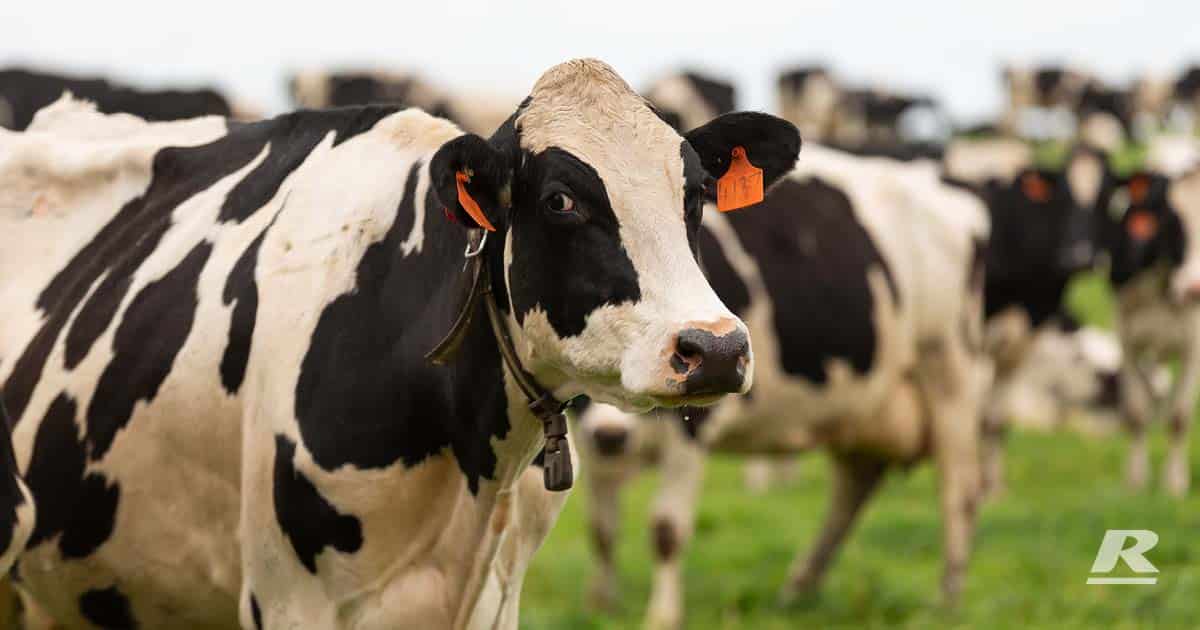How to manage your Heifers during breeding season
Heifer management assumes a pivotal role in the triumph of a bovine breeding scheme, particularly as breeders prepare for the impending calving season. As the joining phase approaches, guaranteeing the prime health and state of heifers is crucial for maximizing conception rates and overall herd efficiency.
In the domain of heifer reproduction, weight surpasses age in significance when aiming for puberty. The notion of Critical Mating Weight (CMW) acts as a crucial gauge for successful mating results. Computed as a proportion of the mature cow weight, the CMW establishes the weight target heifers should achieve before joining to secure an 85% conception rate within a 6-week span.
- Regular weighing of heifers, notably 3-4 months pre-joining, enables the evaluation of weight gain advancement and facilitates adjustments in nutrition to meet desired mating weights. Monitoring and preserving an optimal average weight at joining, ideally around 380-400kg, are imperative for amplifying reproductive performance.
- The Body Condition Score (BCS) of heifers significantly influences their reproductive capabilities. A minimum BCS of 3/5, preferably 3.5/5, is recommended at the onset of joining to bolster fertility. Upholding an escalating plane of nutrition in the final months pre-joining aids in preparing heifers for cycling and mating readiness.
- The existence of essential trace elements like copper, selenium, and cobalt is pivotal for the health and fertility of cattle. Insufficiencies in these elements can adversely affect growth and reproductive functions, underscoring the necessity for supplementation. Various methods, including injectables, rumen boluses, lick blocks, and pasture top dressing, provide avenues for addressing trace element deficiencies post thorough testing to ascertain necessity.
- Internal parasites pose a substantial menace to cattle productivity, particularly in heifers earmarked for breeding. Advanced techniques such as Faecal Egg Counts enable precise detection of worm burdens, allowing for timely intervention through targeted drenching. Monitoring and managing parasitic infestations are vital for optimizing weight gain and overall herd health.
- Pestivirus, a prevalent viral infection in cattle, can detrimentally influence heifer fertility and conception rates. Testing for prior exposure and implementing vaccination strategies are crucial steps in safeguarding heifers from the adverse effects of Pestivirus. Proactive measures, such as vaccination programs, aid in mitigating the risks linked with viral infections during the joining period.
- Ensuring comprehensive vaccination coverage, notably against Leptospirosis and Vibriosis, is imperative for heifers pre-joining. Adhering to vaccination protocols and timing requirements enhances immunity levels, reducing the likelihood of disease transmission and reproductive complications. Prioritizing vaccination regimens contributes to the overall health and well-being of heifers in preparation for mating.
- Strategic bull selection assumes a pivotal role in optimizing breeding outcomes for heifers. Balancing traits such as birthweight, calving ease, and growth rates is essential for genetic progress and herd sustainability. Incorporating AI programs offers access to superior genetics while diversifying breeding options, ultimately enhancing the overall genetic potential of the herd.
- The duration of the joining period significantly impacts herd management and reproductive efficiency. Maintaining a concise joining period promotes fertility selection and streamlines calving logistics, minimizing potential challenges associated with extended calving intervals. Strategic planning and adherence to optimal joining practices contribute to long-term herd productivity and sustainability.
In conclusion, effective heifer management pre-joining is a cornerstone of successful cattle breeding operations. By prioritising critical factors such as weight management, nutrition, parasite control, and vaccination protocols, producers can enhance reproductive performance and ensure the long-term viability of their herds. Adopting a proactive approach to heifer care sets the stage for improved breeding outcomes and sustainable herd growth in the ever-evolving livestock industry.
For tailored guidance on enhancing your herd’s nutrition and management practices, turn to the specialists at Reid Stockfeeds. Contact us today to discover our extensive selection of high-quality feed options and explore customised solutions designed to meet your farm’s unique needs. Call 1300 REID FEED or enquire here >
Author
Dom Smits
Sales & Nutrition Account Manager
